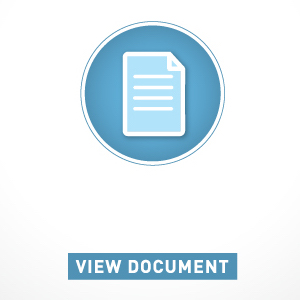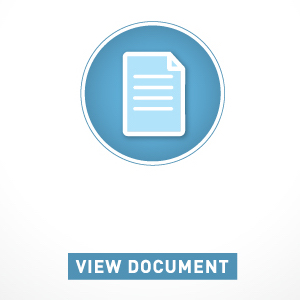Short Teaching Module: The Legacy of Charlemagne through the Ages
Overview
Teaching about the interplay of history and memory is fascinating. This is particularly true in an age when students are so highly attuned to source bias through news, life experience, online and social media interactions, and of course, learning about such issues in school. It can be deeply revealing for students, taught to be ever-vigilant and critical, to learn the nuance of how to learn and read sources that, like anything else in the world, are rife with bias. The way that each successive generation and age writes, remembers, and learns history naturally changes according to contemporary circumstances, as well as the lives and values of the authors themselves, which remains as true today as it did thousands of years ago. Here I present excerpts from three sources relating to the memory of Charlemagne (r. 768-814), the most revered of Carolingian monarchs. They are a useful lens through which to view issues of history and memory, and certainly, Charlemagne was a man whose influence bears much remembering.
Essay
The formidable figure of Charlemagne, King of the Franks, who was famously crowned Emperor of the Romans on Christmas Day of the year 800, left quite the lasting legacy upon European history. Known as Karolus Magnus—Charles the Great—even during and immediately after his own lifetime, it was clear to his Carolingian contemporaries and to posterity that this was a man worthy of emulation, one whose great deeds and military fortitude made him the terror of his enemies and the envy of European monarchs and military commanders for centuries. Charlemagne’s legacy and memory called upon the idea of translatio imperii, the translation of empire, to facilitate the transmission of Roman imperial power through the medieval period and well into the modern one. Even Napoleon Bonaparte deliberately cultivated this legacy of Charlemagne’s greatness to mold himself in the image of the medieval monarch when proclaiming himself the emperor of nineteenth-century France. This had multilayered significance: bound up in Charlemagne were ideas of Frankish proto-Frenchness, Roman imperial power, military might, and European unity achieved largely through conquest.
The study of the progression of Charlemagne’s legacy through time can be illuminating and fruitful. As might be expected, the further we get from contemporary source material, the more fantastic and imaginative Charlemagne’s prowess and great deeds become. Herein, we shall have a look at excerpts from three different primary sources, to watch the progression of Charlemagne’s memory through the centuries: from the great man and military commander himself as known to his contemporaries, to the veritable mythological giant that he would become in the minds of men a few centuries after his death.
I often use the three sources presented below in conjunction with one another as a platform for students to investigate the legacy of Charlemagne through the ages. Throughout my world history courses, we investigate the inherent bias of sources and authors, and we discuss the ways in which that bias affects how we as modern history scholars utilize that source material. To that end, I introduce students to these particular sources during units on early medieval and Carolingian history. Have the students do some basic research on the authors through encyclopedic sources, in order to discuss basic issues of historical criticism: who was the author? When did they write? What was their purpose for writing? What sort of work did they intend to produce? Who was the intended audience?
With this basic information ascertained, I ask students to delve into the image of Charlemagne that each source presents. Given who the author was, the purpose of the composition, and the intended audience, why do the authors present the portrait of Charlemagne that they do? Most profoundly, how does each individual author’s portrayal contribute to their contemporary age’s memory of Charles the Great, and why is that particular image of the king profound and important in the context of the author’s reason for writing?
Primary Sources
Credits
Christopher Flynn earned his PhD in history from the University of Minnesota in 2020. He specializes in Carolingian, early medieval, and late antique military history. He currently teaches European and World History courses at Minnesota State University - Mankato and Normandale Community College.


